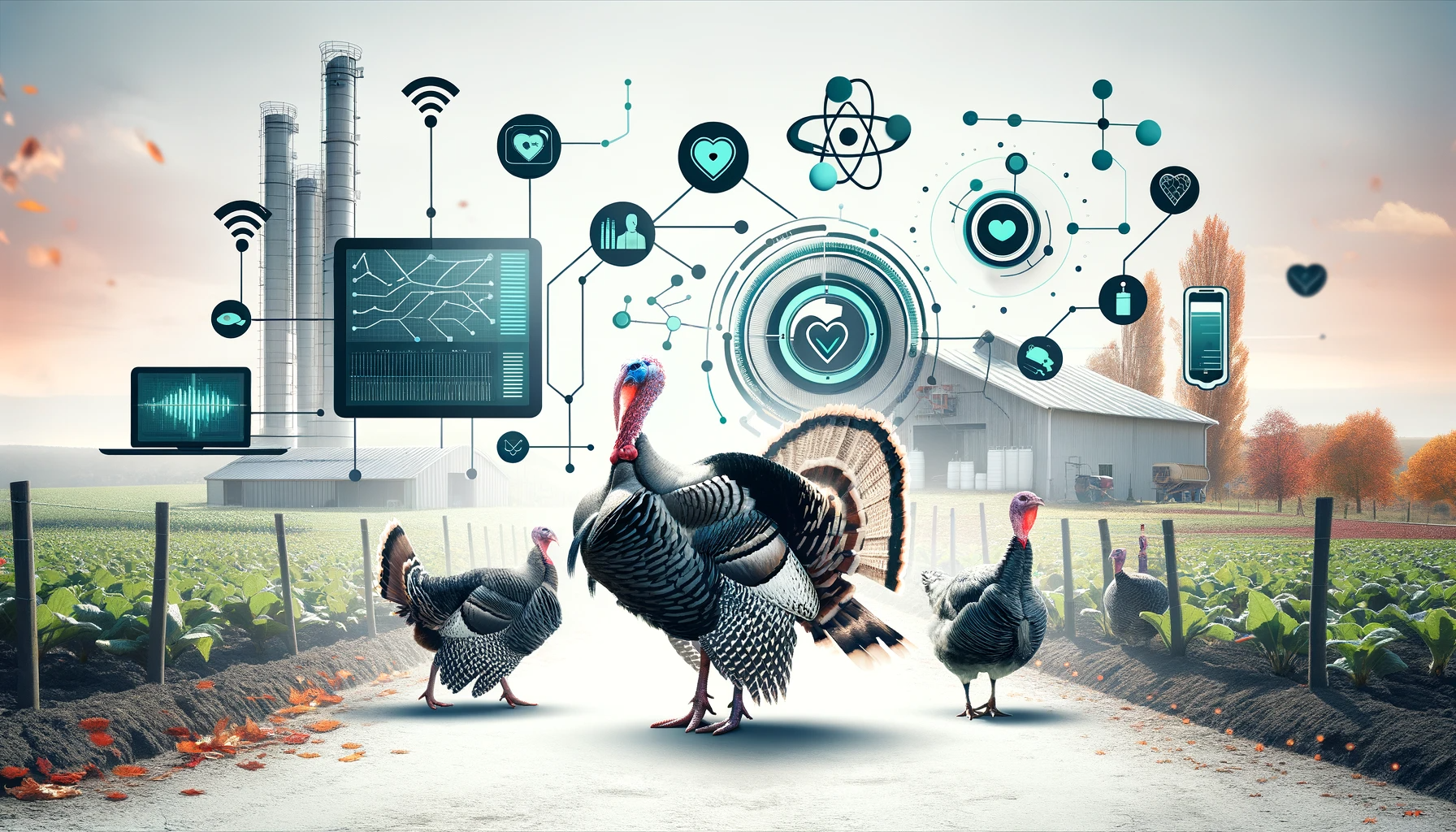In the dynamic world of agriculture, the health and well-being of livestock are of paramount importance. Healthy animals not only ensure higher productivity but also contribute to the sustainability and profitability of farming operations. While the advent of technology has significantly enhanced our ability to monitor and maintain animal health, a notable challenge persists: most sensors and electronic devices are designed with the human body in mind. This mismatch in design can limit the effectiveness of these technologies when applied to livestock.
The Challenge: Human-Centric Technology in Animal Husbandry
Human-centric design in health monitoring devices means they are optimized for human body structures and skin types. When these devices are repurposed for animals, several issues arise. Livestock have different skin properties, body shapes, and movement patterns compared to humans. For instance, a cow’s thick hide and the complex, varied body shapes of different animals can pose significant challenges for devices designed for the relatively uniform human body.
Bridging the Gap: Modifying Technology for Livestock
To address these challenges, researchers and technologists are focusing on modifying the physical and software structures of existing devices to better suit livestock. Here’s how:
- Physical Modifications:
- Sensor Design: Developing sensors that can withstand the harsh conditions of a farm environment and are comfortable for animals to wear. This includes flexible materials that can conform to different body shapes and robust casings to protect the sensors.
- Attachment Methods: Designing secure yet non-invasive methods to attach devices to animals. This could involve collars, harnesses, or even subcutaneous implants that minimize discomfort and interference with the animal’s natural behavior.
- Software Adaptations:
- Data Interpretation: Tailoring software algorithms to interpret data based on animal-specific parameters. This means adjusting for different heart rates, body temperatures, and activity patterns.
- Remote Monitoring: Enhancing connectivity and data transmission capabilities to ensure real-time monitoring, even in remote farm locations. Integration with cloud-based systems allows farmers to access data anytime, anywhere.
Current Research and Innovations
Several exciting advancements are being made in this field. Researchers are developing wearable devices that track vital signs such as heart rate, body temperature, and activity levels, providing farmers with early warning signs of potential health issues. These devices are becoming increasingly sophisticated, incorporating AI and machine learning to predict and diagnose problems before they become critical.
One notable innovation is the use of IoT (Internet of Things) in smart farming. IoT devices can collect and transmit data from various sensors, creating a comprehensive picture of an animal’s health and environment. This holistic approach allows for more precise and proactive management of livestock health.
Conclusion: The Future of Livestock Health Monitoring
As technology continues to evolve, the potential for improving livestock health and farm efficiency grows exponentially. By adapting existing technologies to better fit the unique needs of livestock, we can create more effective health monitoring systems that benefit both animals and farmers. The future of animal husbandry lies in the seamless integration of tailored technology, ensuring that we can meet the demands of a growing population while maintaining the highest standards of animal welfare.
Stay tuned for more updates as we continue to explore the cutting-edge developments in this exciting field!





